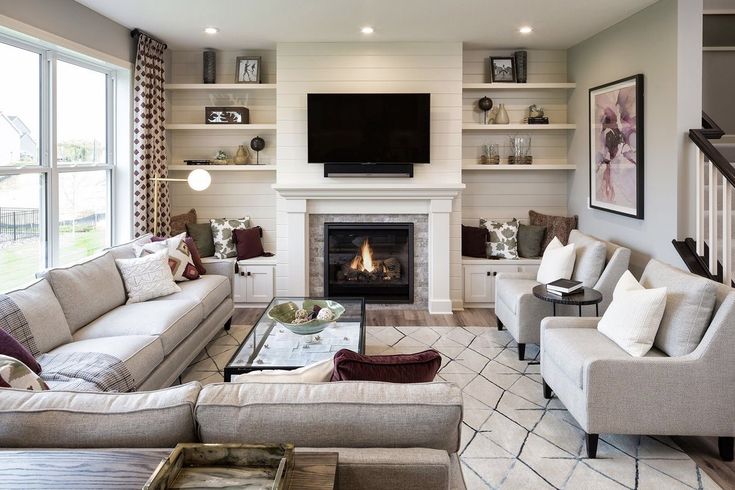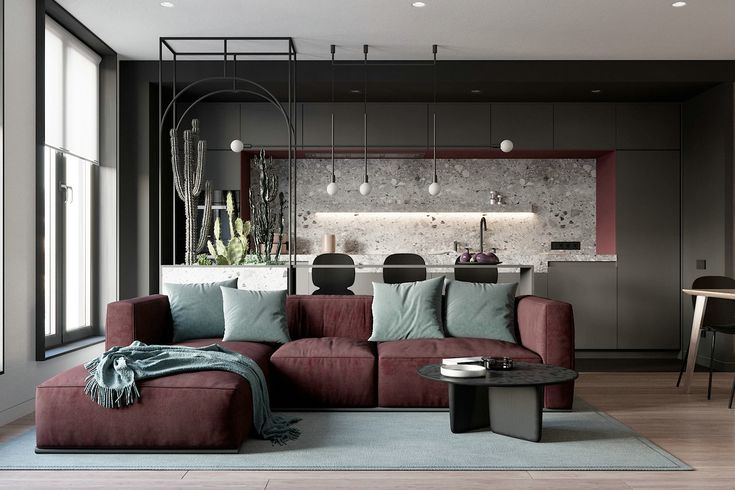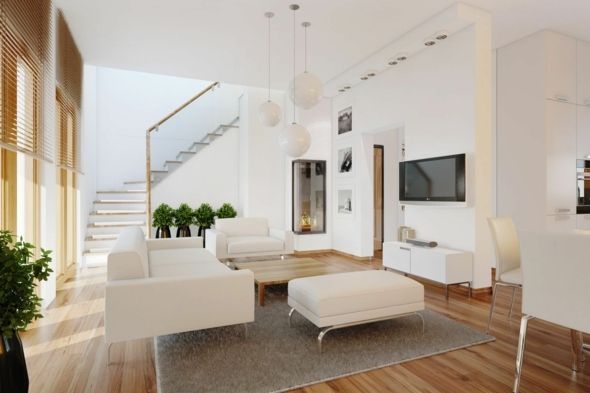Home Theater Setup: Choosing the Best Audio and Video Equipment
Introduction
A home theater setup can elevate your movie-watching, gaming, and streaming experiences to new heights. The key to achieving that cinematic magic at home is choosing the right audio and video equipment. Whether you’re creating a high-end system or looking for a more budget-friendly option. Selecting the best home theater audio and video equipment ensures a seamless, immersive experience every time you press play.
In this guide, we’ll walk you through the essential components of a home theater system. Covering everything from soundbars and surround sound systems to projectors and 4K televisions. We’ll also explore features to look for when buying equipment and provide tips on how to set up your system for optimal performance.
1. Why Quality Audio and Video Equipment Matters in a Home Theater Setup
When it comes to creating a home theater, the quality of your audio and video equipment is paramount. Without the right gear, even the best content can fall flat, losing the rich sound and vivid picture quality that make watching movies, playing games, or streaming shows an immersive experience.
Investing in high-quality equipment not only improves your current experience but also helps future-proof your system. As technology evolves, having a robust foundation ensures that your home theater can adapt to new formats, better streaming quality, and cutting-edge features without needing a complete overhaul.
2. Understanding Audio Systems for Home Theaters
The audio system is the backbone of your home theater experience. A well-chosen audio system brings depth, clarity, and realism to every sound—from quiet dialogue to booming action scenes.
- Surround Sound Systems: Surround sound systems are designed to place you in the middle of the action. Creating a 360-degree sound field. The most common configurations are 5.1 (five speakers and one subwoofer) and 7.1 (seven speakers and one subwoofer). Dolby Atmos adds an additional dimension with overhead sound, perfect for achieving a theater-like experience.
- Soundbars vs. Multi-Speaker Systems: Soundbars are sleek, easy-to-install solutions that provide excellent sound without requiring multiple speakers. For smaller spaces or budget-conscious setups, a soundbar can offer a significant upgrade over TV speakers. However, for a true home theater feel, a multi-speaker system with surround sound provides a more immersive experience.
- Subwoofers and Speakers: A subwoofer adds essential depth to your sound. Delivering the low-frequency effects (LFE) that make explosions, music, and background sounds richer. Positioning speakers correctly around the room—front, rear, and center—ensures balanced sound from all directions.
3. Choosing the Right Video Equipment for Your Home Theater
The visual component of your home theater is just as important as the sound. Whether you choose a television or a projector depends on your room size, personal preferences, and budget.
- Television vs. Projector: Large-screen televisions (65 inches or more) are ideal for smaller spaces or those who want a high-resolution display without dealing with a projector setup. Projectors, on the other hand, are perfect for larger rooms, allowing for screen sizes of 100 inches or more, delivering a true cinematic feel.
- 4K vs. 8K Resolution: 4K is currently the industry standard. Offering crisp detail and sharpness for everything from movies to video games. 8K televisions are available but are more expensive and currently have limited content. For most home theaters, 4K is more than sufficient and offers great value.
- HDR (High Dynamic Range): HDR enhances color accuracy and contrast, providing a wider range of brightness levels. It’s a must-have feature for achieving vibrant, true-to-life images.
- Screen Size and Viewing Distance: The size of your screen and your seating distance play a crucial role in optimizing the visual experience. Generally, for a 4K TV, you can sit closer without losing image quality, while with a projector, seating should be proportional to the screen size to avoid eye strain and get the full immersive effect.
4. Features to Consider When Buying Audio and Video Equipment
When shopping for home theater equipment, consider the following features to ensure compatibility and ease of use:
- Streaming Compatibility: Many modern TVs and audio systems come with built-in apps for streaming services like Netflix, Hulu, and Amazon Prime Video. Make sure the equipment you choose supports the services you use most.
- Smart Home Integration: Devices that integrate with smart home systems (like Amazon Alexa, Google Home, or Apple HomeKit) allow you to control your home theater equipment with voice commands or through apps, adding convenience to your setup.
- Connectivity Options: Ensure your system has adequate HDMI ports, USB connections, and wireless options like Bluetooth or Wi-Fi for connecting all of your devices, including gaming consoles, Blu-ray players, and streaming sticks.
5. Setting Up the Ideal Home Theater Audio System
Speaker placement is key to creating an immersive sound experience in your home theater:
- Front, Rear, and Center Speaker Placement: The center speaker should be placed directly above or below your screen to ensure dialogue is clear. Front left and right speakers should be positioned at ear level, while rear speakers can be mounted behind or to the side of the seating area for surround sound.
- Subwoofer Placement: The subwoofer can be placed in the front or corner of the room to achieve deep bass without overpowering the other speakers.
- Calibration and Soundproofing: Use the built-in calibration tools that come with most audio systems to adjust sound levels for your specific room. Adding rugs, curtains, or acoustic panels can also reduce echo and improve sound quality.
6. Setting Up the Perfect Video Display
For video, the screen placement and room lighting are crucial:
- Screen Placement: Whether you’re using a TV or a projector, make sure the screen is positioned at a height where your eyes are centered when seated. Mounting your TV on the wall or using a screen mount for projectors ensures the perfect viewing angle.
- Lighting Considerations: Ambient light can wash out the picture, especially when using a projector. Consider blackout curtains or dimmable lights to create the perfect movie-watching atmosphere.
7. Budget Considerations for Home Theater Equipment
The cost of home theater equipment can vary widely depending on your preferences:
- Entry-Level vs. High-End Systems: Budget systems with soundbars and 4K TVs are great for smaller spaces or those looking for simplicity. For a more immersive experience, high-end systems with Dolby Atmos surround sound and a 4K projector can elevate your setup.
- Best Value for Money: Brands like Sonos, Yamaha, and Samsung offer great value for home theater systems, balancing price with performance.
- Additional Costs: Don’t forget to account for installation, cables, and any furniture or mounts you’ll need for your setup. Quality cables ensure you get the best sound and picture, while professional installation can save time and ensure everything works perfectly.
Conclusion
Building the perfect home theater involves selecting the best audio and video equipment based on your room size, preferences, and budget. By investing in a high-quality surround sound system, pairing it with a 4K TV or projector, and optimizing the setup with proper speaker and screen placement, you can create a truly cinematic experience at home. Start planning today and bring your favorite movies, games, and shows to life with the best home theater equipment available!






